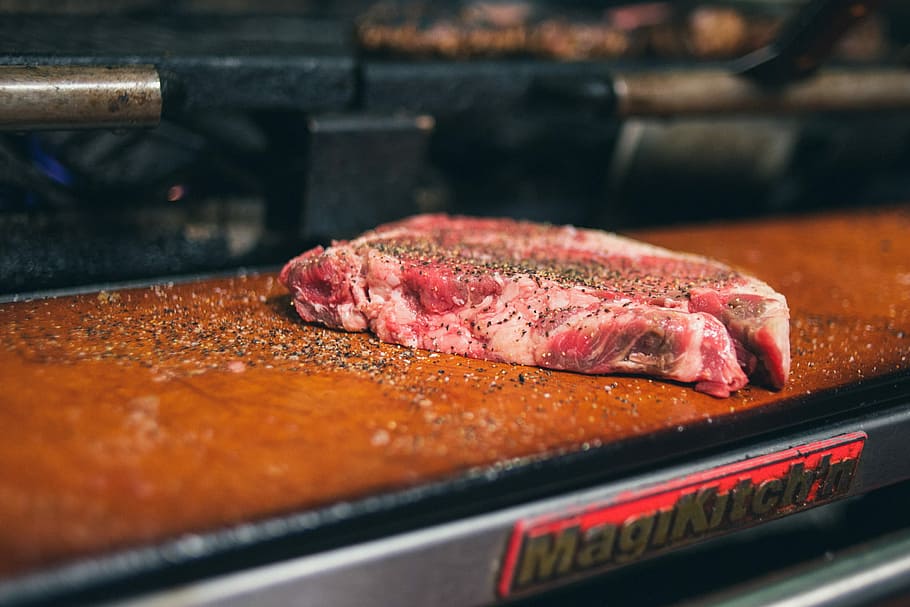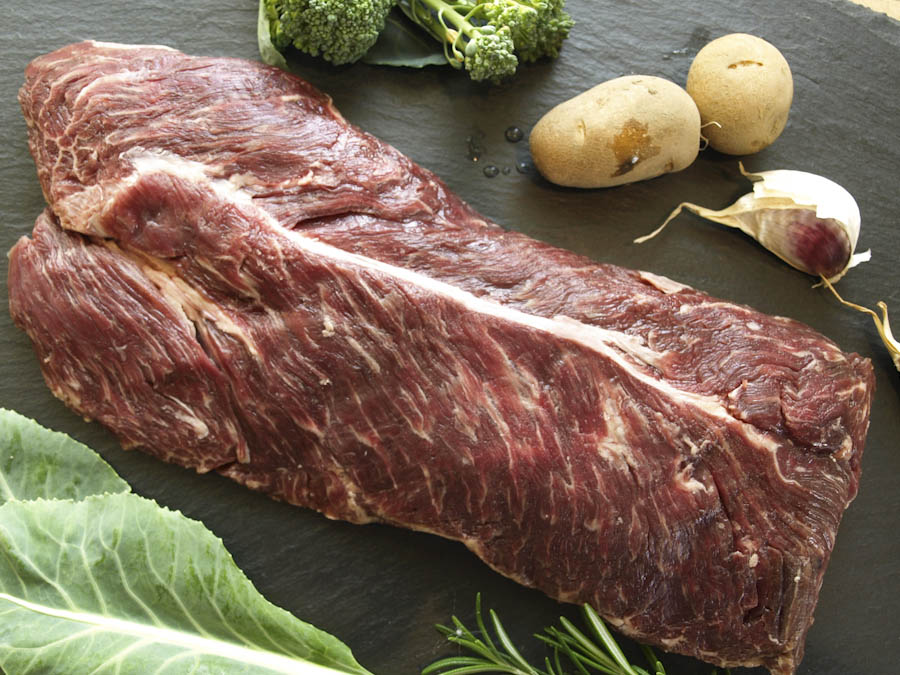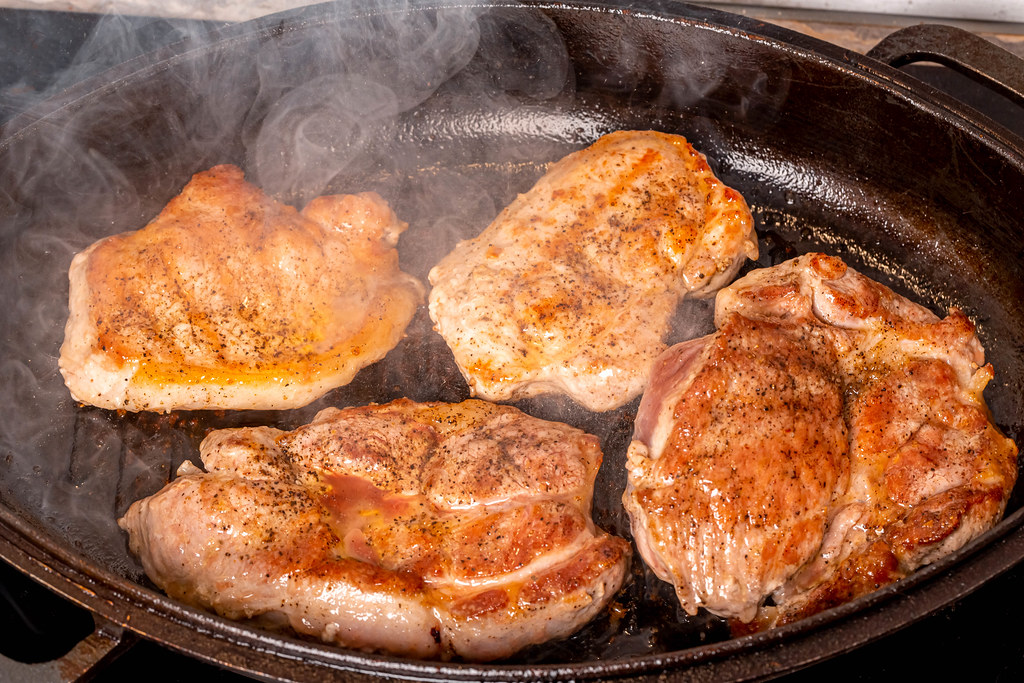
But, you don’t know how to cook a perfect steak. You may be wondering how to cook a steak correctly if it's your first time grilling a steak. First, prepare the steak. It should be well-marinated. Add olive oil, black or roasted peppers, and kosher seasoning to the meat. Alternatively, you can use canola oil.
To grill a thick steak, it is important to have great grill marks. When meat is grilled to about 45 degrees, caramelization occurs. Flip your steak 90 degrees to achieve perfect grill marks. The best thing is to leave the bones in, but that is up to you. This will create a deliciously seared exterior as well as a moist interior. Grill the steak for 5 minutes on each side to achieve the perfect grill marks.

It's time for your steak to rest after it has been browned. At room temperature, a steak will be tender. You can avoid overcooking your steak by letting it rest in the fridge. To get a perfectly seared steak you will need to cook it for longer. You can't get the tenderness back from grilling.
It is important to remember that thick steaks are difficult to cook properly without pre-marination. It'll be difficult to grill the steak if you don't use a meat thermometer. Rather, it's best to feel the part of the steak around your thumb and see if it's medium rare. Flip the steak and then repeat the process until desired consistency is reached.
Prepare the ingredients prior to grilling. You'll need black pepper and kosher salt. If your steak is larger, you can use the meat thermometer. It's important to use a meat thermometer even if your steak is thin. To ensure the perfect steak, you need to monitor the temperature of your meat. This crucial step is not to be overlooked.

You should remember that thick steaks will take longer to grill than thin steaks. To ensure that you're getting the best possible result, you should marinate your meat first. If you're a beginner, you should try marinating it for at least a day. It will take longer for thicker steaks to cook than those with thinner cuts. You'll need to allow it to rest for at least 5 minutes before slicing it.
Also, you should know the thickness and weight of your steak. A thicker steak will take longer to cook. You should use a steak thermometer to ensure that you are checking it often. Let it rest for at the very least 5 minutes before cutting. This will prevent it from getting cold. A medium-rare steak is ideal. It will take longer to cook if the steak is too thick.
FAQ
What can I learn about cooking?
There are many cooking classes available all over the country. There are many schools that offer courses in pastry, baking, and wine tasting. You can learn more about how to cook by enrolling in a class at either a local vocational school or community college.
Who is the best path to a career in chef work? How do I begin my career as chef?
As an apprentice, you can start your journey to becoming a chef. Apprenticeships offer the chance to work for several year without any tuition fees. After your apprenticeship, you may apply for a role as a sous chef. Sous chefs supervise cooks and assist them with tasks like making salads and desserts. They also oversee the entire operation of the restaurant.
Are there any ingredients I can buy to cook?
You don't necessarily need to buy any ingredients. You can buy premade sauces or other items at most grocery stores. If you are looking to save money, premade meals may be a good option.
Statistics
External Links
How To
How to make the perfect omelet
Omelets are one of my favorite foods to eat at breakfast. How do you make them perfect? I have tried many different recipes and methods, but none of them work. So I am sharing some tips and tricks today to help you make fluffy, delicious omelets every morning.
Before we start making omelets, let's remember that eggs are temperamental. The eggs must be fresh from an organic source and kept at room temperature until they are ready to be cooked. If you don't keep them cold enough, the whites won't form properly, and the yolks will break down too much and become runny. This makes your omelets look weirdly colored. If you intend to cook your eggs immediately, it's best to use room-temperature egg.
Another tip is to separate each egg before adding them to the saucepan. Because this could cause your omelet to become curdled, you don't want any yolk to be mixed with any white.
The egg can burn if it is placed directly on the stovetop. Instead, put the egg in the microwave for 10 seconds before putting it into the pan. The microwave heat cooks the eggs just right without overcooking them.
Next, let us talk about how to mix the eggs. When mixing eggs, it is important to thoroughly beat them. You can do this by turning the bowl of your mixer upside down. Next, shake the bowl vigorously. This will whip the air around the bowl and mix the egg well.
Now comes the fun part: adding the milk to your mixture. Mix half of the milk with the eggs. Then fold the eggs in half into the remaining milk. If you still see streaks of eggs, don't worry. These streaks will disappear once the omelet has been turned over.
After folding the eggs, place the pan on medium heat and wait for the oil to start sizzling. Once the oil begins to heat, add 1/4 cup butter and swirl the pan to coat it. Next, carefully open the lid and sprinkle salt into your pan. A pinch of salt will prevent your omelet from sticking in the pan.
Once the omelet has formed, cover the pan again and wait for the top side to set completely. Flip the omelet upside down or with a spatula. Cook the opposite side for another minute. Remove the omelet from the pan and serve immediately.
This recipe works best when you use whole milk.